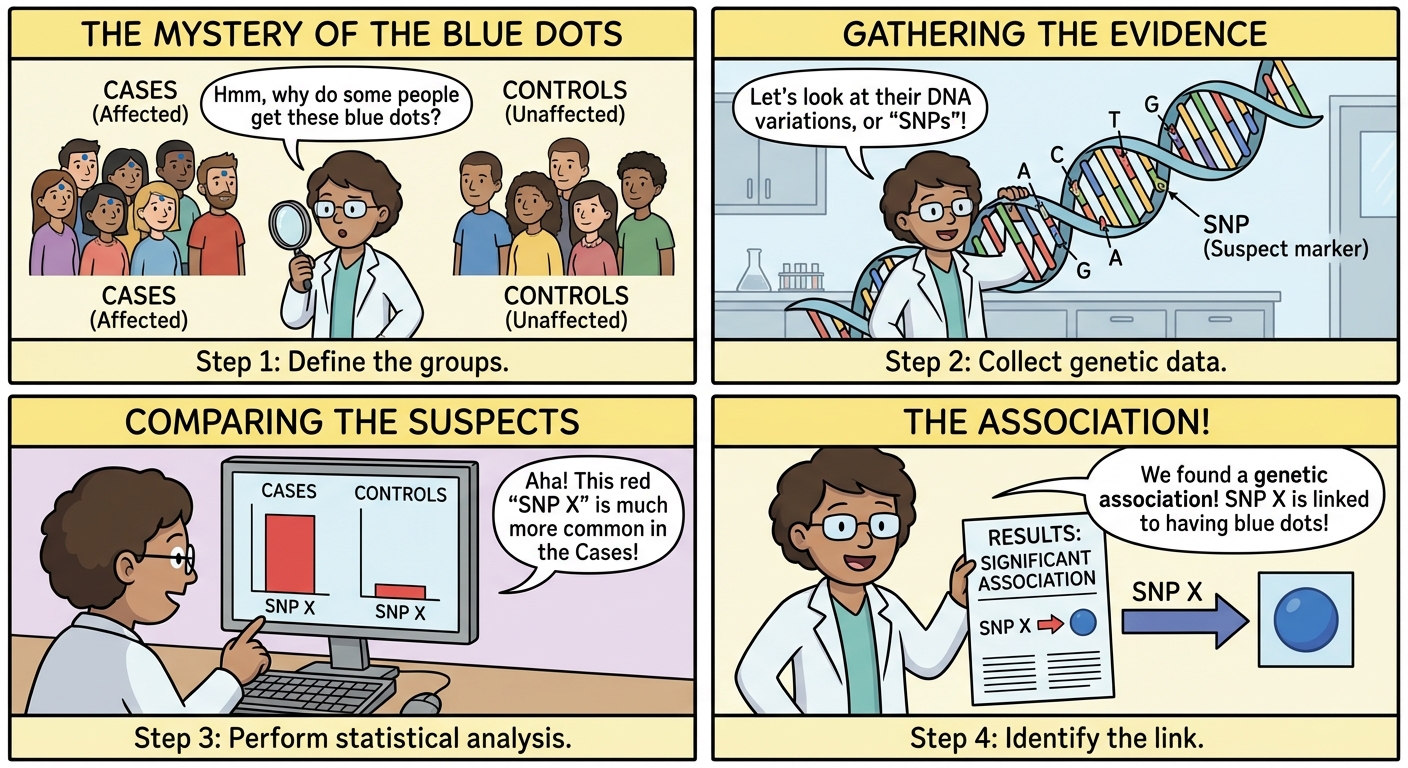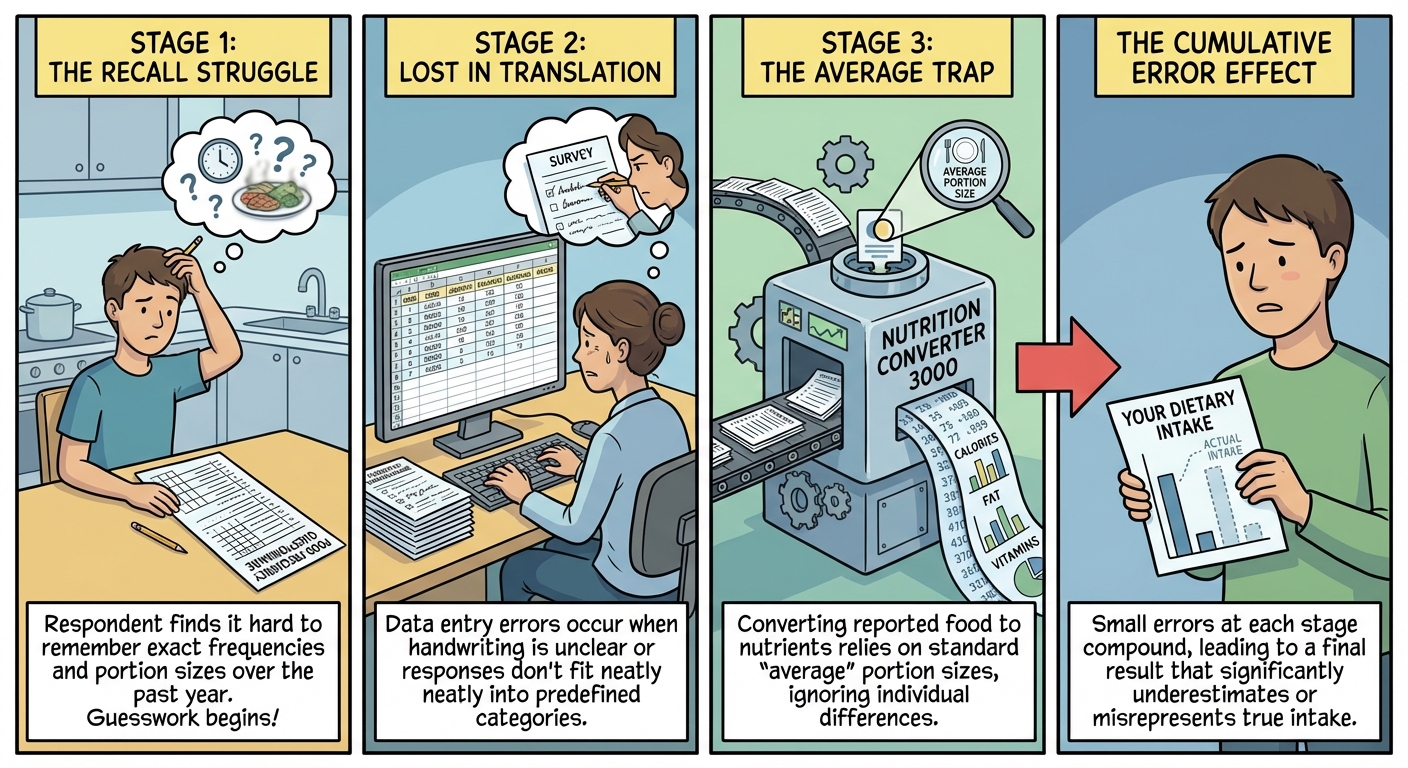My research develops statistical methods to address fundamental data challenges, including heterogeneity, measurement errors, missingness, and zero-inflation. These challenges commonly arise in fields such as genomics, epidemiology, and electronic health records, where conventional statistical models often fall short. To tackle these issues, I build on and extend methodologies and theories in quantile regression, machine learning, and debiasing techniques from measurement error analysis. My goal is to create robust, interpretable, and computationally efficient approaches that enhance inference and prediction in complex data environments. Below are some selected papers.
underline indicates a student working under my (co)supervision, with ♦ denoting an undergraduate student mentee; ✉ indicates the corresponding author.
Quantile Regression Models

- Wang, T.✉, Ma, Y, and Wei, Y. (2025+). “Time-varying Quantile Regression with Multi-outcome Latent Groups”, under review.
- Jiang, R., and Wang, T.✉ (2025+). “A Minimax Optimal Quantile Rank Score Test”, under review.
- Wang, T.✉, Ionita-Laza, I., and Wei, Y. (2024). “A unified quantile framework for nonlinear heterogeneous transcriptome-wide associations”, Annals of Applied Statistics, accepted.
- Wang, C., Wang, T., Kiryluk, K., Wei, Y., Aschard, H., and Ionita-Laza, I. (2024). “Genome-wide discovery for biomarkers using quantile regression at biobank scale”, Nature Communications, 15 (1), 6460.
- Wang, T.✉, Ionita-Laza, I., and Wei, Y. (2022). “Integrated Quantile RAnk Test (iQRAT) for gene-level associations”. Annals of Applied Statistics, 16 (3), 1423 - 1444.
- Wang, T., Ling, W., Plantinga, A., Wu, M., and Zhan, X. (2022). “Testing microbiome association using integrated quantile regression models”. Bioinformatics, 38(2), 419-425.
Measurement Errors Analysis

- Zhao, H., and Wang, T.✉ (2025+). “A simulation-free extrapolation method for misspecified models with errors-in-variables”, under review.
- Li, Y., Wang, T.✉, Yan, J., and Zhang, X. (2025). “Improved Optimal Fingerprinting Based on Estimating Equations Reaffirms Anthropogenic Effect on Global Warming”, Journal of Climate, 38(8), 1779-1790.
- Zhou, S., Pati, D., Wang, T., Yang, Y., and Carroll, R. J. (2023). “Gaussian Processes with Errors in Variables: theory and computation”, Journal of Machine Learning Research, 24, 1-53.
- Lau, Y., Wang, T.✉, Yan, J., and Zhang, X. (2023). “Extreme Value Modeling with Errors-in-Variables in Detection and Attribution of Changes in Climate Extremes”, Statistics and Computing, 33 (6), 125.
- Ma, S., Wang, T.✉, Yan, J., and Zhang, X. (2023). “Optimal Fingerprinting with Estimating Equations”, Journal of Climate, 36(20), 7109-7122.
- Jiang, R.♦, Zhan, X.✉, and Wang, T.✉ (2023). “A Flexible Zero-Inflated Poisson-Gamma Model with Application to Microbiome Read Count Data”, Journal of the American Statistical Association, 118 (542), 792 - 804.
- Blas Achic, B.♯, Wang, T.♯ , Su, Y., Kipnis, V., Dodd, K., and Carroll, R. J. (2018). “Categorizing a Continuous Predictor Subject to Measurement Error”. Electronic Journal of Statistics, Vol. 12, No. 2, 4032-4056. ( ♯ joint first authors).
Nonparametric and Semiparametric Statistics
- Zhao, H., and Wang, T.✉ (2025+). “Generalizing Transfer Learning: A Flexible Doubly Robust Estimation Approach for Missing Data”, under review.
- Zhao, H., and Wang, T.✉ (2025+). “Doubly robust augmented model transfer inference with completely missing covariates”, under review.
- Wang, Z., Ling, W., and Wang, T.✉ (2025). “A Semiparametric Quantile Regression Rank Score Test for Zero-inflated Data”, Biometrics, accepted.
- Wang, Z., and Wang, T.✉ (2024). “A Semiparametric Quantile Single-Index Model for Zero-Inflated Outcomes”, Statistica Sinica, accepted.
- Wang, T.✉, Zhang, W., and Wei, Y. (2024). “ZIKQ: An innovative centile chart method for utilizing natural history data in rare disease clinical development”, Statistica Sinica, accepted.
- Wang, T., Liu, J., and Wu, A. (2024). “Semiparametric Analysis in Case-Control Studies for Gene-Environment Independent Models: Bibliographical Connections and Extensions”, Journal of Data Science, accepted.
- Wang, T.✉ and Asher, A. (2021). “Improved Semiparametric Analysis of Polygenic Gene-Environment Interactions in Case-Control Studies”. Statistics in Biosciences, 13, 386–401.
High-Dimensional Data and Big Data Analysis
- Liu, Y. and Wang, T.✉ (2025+). “A powerful transformation of quantitative responses for biobank-scale association studies”, under review.
- Wang, Y., and Wang, T.✉ (2025+). “Multi-Group Quadratic Discriminant Analysis via Projection”, under review.
- Zhao, H., and Wang, T.✉ (2024). “A high-dimensional calibration method for log-contrast models subject to measurement errors”, Biometrics, accepted.
- Gaynanova, I. and Wang, T. (2019). “Sparse quadratic classification rules via linear dimension reduction”. Journal of Multivariate Analysis, 169, 278–299.